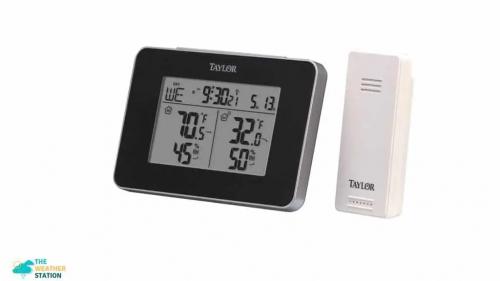Exploring the World of Weather Instruments and Their Varied Uses
Weather instruments play a crucial role in helping us understand and predict the ever-changing atmospheric conditions that influence our daily lives. From ancient rudimentary tools to modern, sophisticated devices, these instruments have evolved significantly over the years. In this article, we'll delve into the fascinating world of weather instruments and their uses in meteorology and beyond.
Thermometer:
One of the most fundamental weather instruments, the thermometer, measures temperature. Mercury and alcohol-filled thermometers have been replaced by digital thermometers and infrared sensors in contemporary meteorological applications. Thermometers are crucial for determining daily temperature fluctuations and identifying climate trends, aiding in weather forecasting and climate research.
Barometer:
Barometers measure atmospheric pressure, a key factor in predicting short-term weather changes. A rise in pressure usually indicates fair weather, while a drop suggests the possibility of storms. Barometric readings help meteorologists anticipate the development and movement of weather systems, contributing to accurate weather forecasting.
Hygrometer:
Hygrometers measure humidity levels in the air. Understanding humidity is essential for predicting precipitation, fog, and dew formation. Hygrometers come in various types, including mechanical and electronic versions, providing valuable data for climate studies, agriculture, and industries where humidity control is critical.
Anemometer:
Anemometers measure wind speed and direction, aiding in the analysis of wind patterns. This information is crucial for predicting severe weather events, such as hurricanes and tornadoes. Anemometers are widely used in aviation, renewable energy, and environmental monitoring to assess the impact of wind on various systems.
Rain Gauge:
Rain gauges measure the amount of precipitation that falls over a specific period. From simple cylindrical containers to advanced electronic sensors, rain gauges help meteorologists assess rainfall patterns, predict flooding, and manage water resources effectively. This information is vital for agriculture, hydrology, and climate research.
Weather Balloon and Radiosonde:
Weather balloons equipped with radiosondes are launched into the atmosphere to collect data on temperature, humidity, and pressure at various altitudes. This data helps meteorologists create accurate vertical profiles of the atmosphere, improving weather forecasts and aiding in climate research.
Weather Satellites:
Modern meteorology relies heavily on weather satellites equipped with various sensors. These satellites provide real-time imagery and data on cloud cover, sea surface temperatures, and atmospheric conditions, enhancing our ability to monitor and predict weather patterns on a global scale.
Conclusion:
Weather instruments and their uses have come a long way, from traditional tools to cutting-edge technology. These instruments are indispensable in providing accurate and timely information for weather forecasting, climate studies, and various industries. As technology continues to advance, our understanding of the atmosphere will deepen, enabling better predictions and preparations for the ever-changing weather conditions that impact our world.



Comments